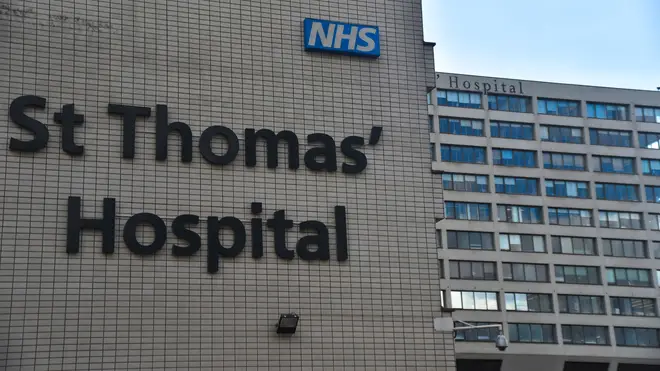
Nick Abbot 10pm - 1am
4 December 2019, 11:10

A person has been hospitalised after contracting the rare viral infection monkeypox, Public Health England has said.
The patient is believed to have caught the virus while visiting Nigeria and is currently being treated at the specialist high consequence infectious disease centre at Guy's and St Thomas' NHS Foundation Trust in London.
PHE said monkeypox "is a rare viral infection that does not spread easily between people and the risk to the general public in England is very low.
"It is usually a self-limiting illness and most people recover within a few weeks.
"However, severe illness can occur in some individuals."
This is not the first time the virus has been detected in the UK.
Three cases were reported in September 2018, two of which were also in people who had travelled from Africa.
The third was a healthcare worker who cared for one patient and became infected before monkeypox was suspected.
Dr Meera Chand, consultant microbiologist at PHE, said: "Monkeypox does not spread easily between people and the overall risk to the general public is very low.
"We are following up with those who have had close contact with the patient to offer advice and to monitor them as necessary.
"PHE and the NHS have well-established and robust infection control procedures for dealing with cases of imported infectious disease and these will be strictly followed to minimise the risk of transmission."
In most cases, monkeypox will resolve on its own and have no long-term effects on a person's health.
Initial symptoms include a fever, headache, muscle aches, backache, swollen lymph nodes, chills and exhaustion.
People can suffer a rash, which often begins on the face before spreading to other parts of the body.
The rash changes from raised red bumps to spots filled with fluid. The spots eventually form scabs which later fall off.